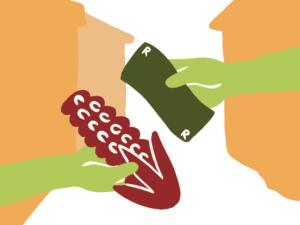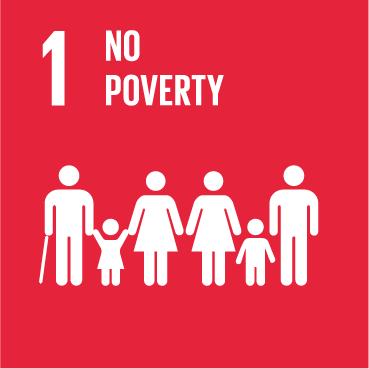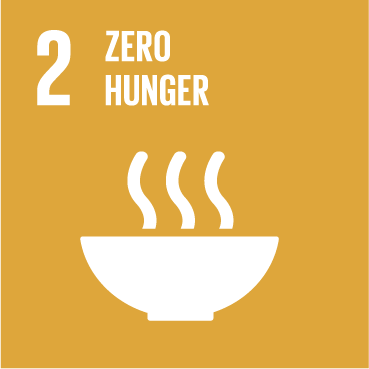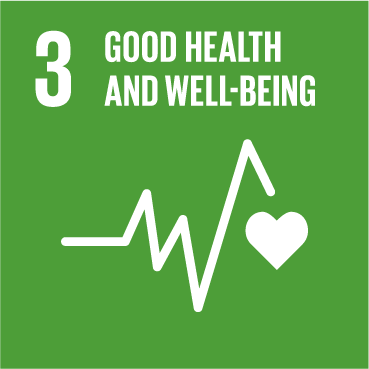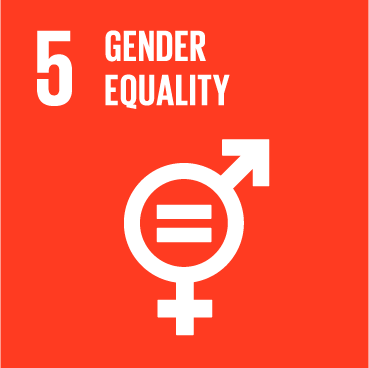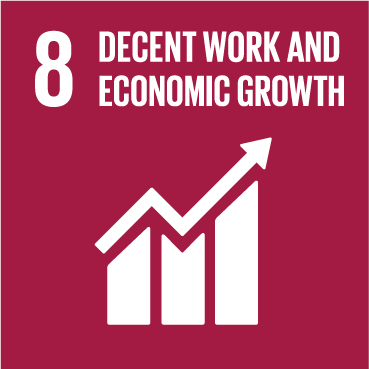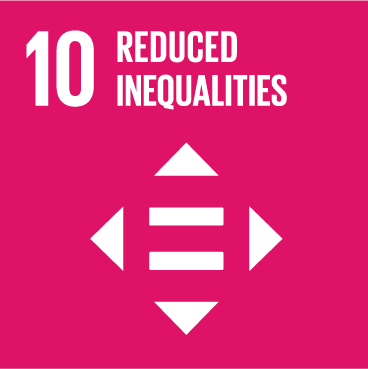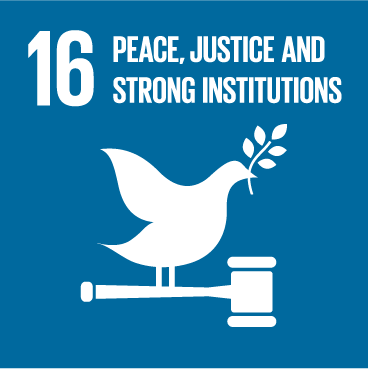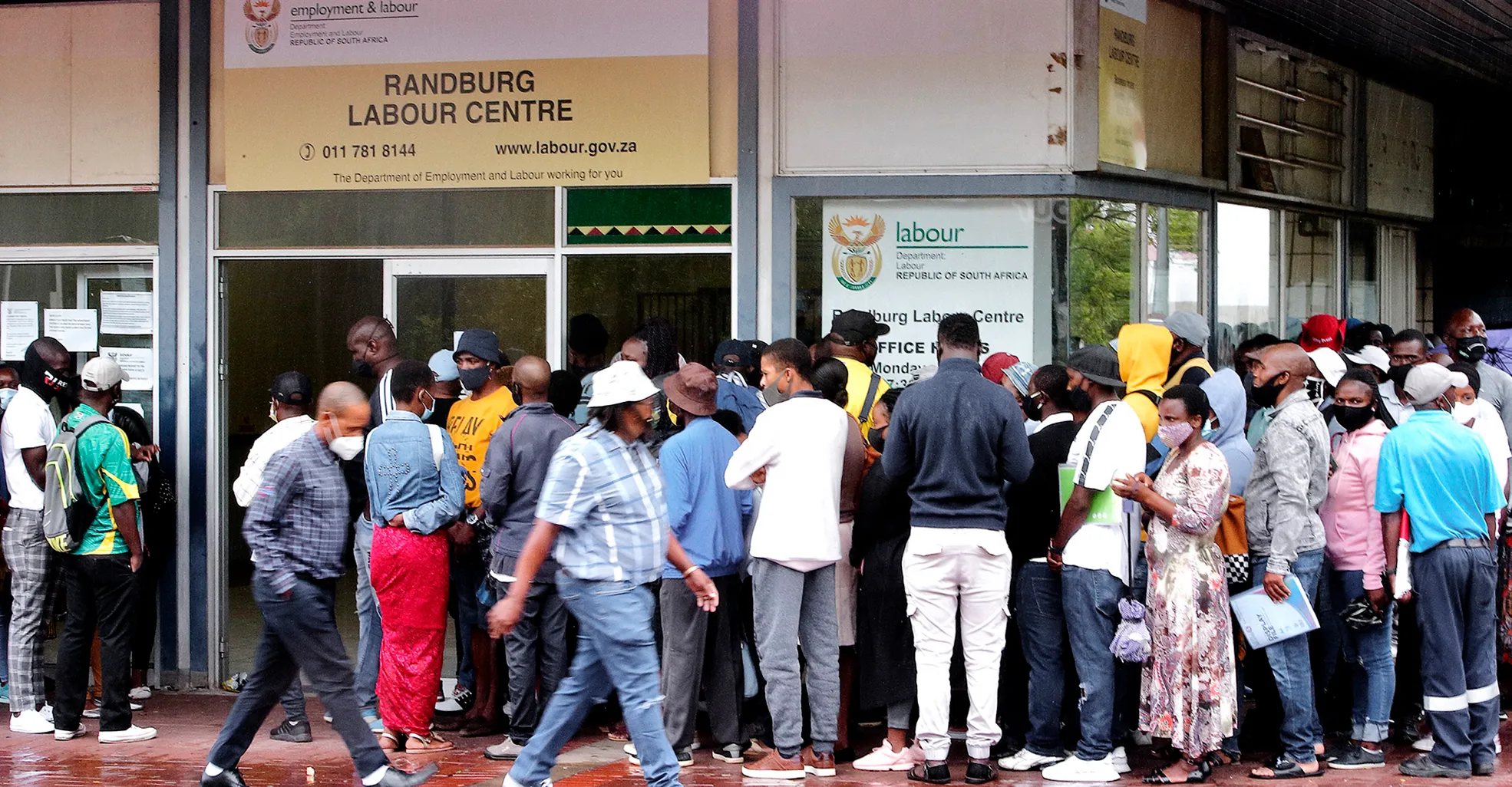
South Africa needs an unemployment system overhaul. Income needs to reach the working-age population. It needs to be a decent level of income to meet basic needs and stimulate an economic revolution by creating millions of active consumers of the unemployed able to support local micro businesses.
There is a constitutional guarantee to every person in South Africa that they will have enough income to live from — the right to social security. However, for poor working-age unemployed people, this guarantee has never been realised. It is high time that we stopped hoping for jobs to fall from the sky for the unemployed millions in South Africa and began to design and pilot schemes to provide adequate income for the currently unwaged.
Looking at the options that exist, the easiest way to do this would be a simple rollout of the universal basic income policy.
On 14 November 2023, StatsSA’s 3rd Quarter 2023 Labour Force Survey provided government with welcome headline data. Employment had grown and unemployment had fallen. But even with the 2.4% rise in employment, South Africa still has almost 12 million adults unemployed and excluded from contributing to economic activity or able to meet their basic needs.
Many people dismiss the idea of a welfare state that provides income to the unemployed — the so-called ‘dole’, like in the UK.
With a population of 67 million people in 2022, the UK had a narrow unemployment rate of 3.6%. 60% of the population was employed. 0.5% of the population fell below the global measure of extreme poverty of $2.15 per person per day. Inequality measured at a Gini of 32.6%.
GDP growth was 4.1% in 2022, central government debt to GDP ratio was 186.5%. Social insurance contributions were 19.6% of revenue.
South Africa in comparison had a population of 59 million in 2022. 20.5% of the population fell below the same extreme poverty measure of $2.15 per person per day. Inequality was double that in the UK, with a Gini of 63%.
29.8% of workers were unemployed, excluding people who had given up looking for a job. Employment was 40%, and the Labour Force Participation rate was 57%.
GDP growth in 2022 was 2%, government debt was 75.6% of GDP and yet social insurance contributions were only 1.2% of revenue.
South Africa has a warped social security system.
Little to no unemployment cover
Formal sector workers are covered under the UIF, private pensions and medical aids, receiving services akin to workers in high income countries. But the UIF covers very few unemployed workers. This is a direct and untransformed legacy of Apartheid where only white workers were extended ‘civilised’ working provisions. But unlike in high income countries, in South Africa, there is no tax-funded income scheme for poor and predominantly black unemployed people in South Africa outside of the UIF.
But even the system of UIF for those 61% of workers who are covered is wholly inadequate. Members are only entitled to 365 days if they have worked for five full years, and yet the awful nature of unemployment in South Africa is that it is structural, it is not a passing thing.
75% of the unemployed are in long term unemployment. In other words, they have already been unemployed for more than a year. All UIF payments by then are already finished, if they had any to begin with. Moreover, 42% of the unemployed are new job entrants who have never had a job and so could not have contributed to the UI Fund.
Systems of social security globally are either funded through contributions, like the UIF and private pension schemes, or financed from tax — mostly VAT and income taxes.
SRD grant not adequate
The R350 Social Relief of Distress (SRD)/Covid grant was a lot of things to a lot of people. But it is not an adequate unemployment assistance scheme. This grant has been the most piecemeal of policies. It is not a permanent income scheme, but gets extended at the apparent whim of the Minister of Finance from time to time.
The amount of the grant is still stuck on R350 per month, which means that it has lost about R15 or 21% of its purchasing power each month since 2020. If the SRD grant had just kept pace with inflation since its introduction, it should be R429.13 per month today.
The SRD is described as a temporary solution (solution to which temporary problem?) and yet 52% of the 14.7 million people who applied for the R350 grant in June 2023 had never worked before.
Given the extremely high levels of permanent (structural) unemployment, an incredibly small number of the unemployed will ever have their needs met through the UIF. And yet the numbers tell us that there is a massive need for income given that 14.7 million adults went through the hassle of applying for an income grant of R350 for one month.
South Africa needs an unemployment system overhaul. Income needs to reach the working-age population. It needs to be a decent level of income to meet basic needs and stimulate an economic revolution by creating millions of active consumers of the unemployed able to support local micro businesses.
Introducing recipients of income to livelihoods and employment opportunities (active labour market policies) in an enabling rather than punitive way might further transform people’s lives, the economy and thus the fiscus.
Scheme design is critical and must be done right. The answer certainly does not lie in the arbitrary piecemeal extension of the R350 payments. The simplest way to proceed in a way that limits errors of exclusion would be to implement a decent Universal Basic Income and use the efficient SARS system to tax it back from those whose earnings exceed a certain threshold.
Source: Daily Maverick

